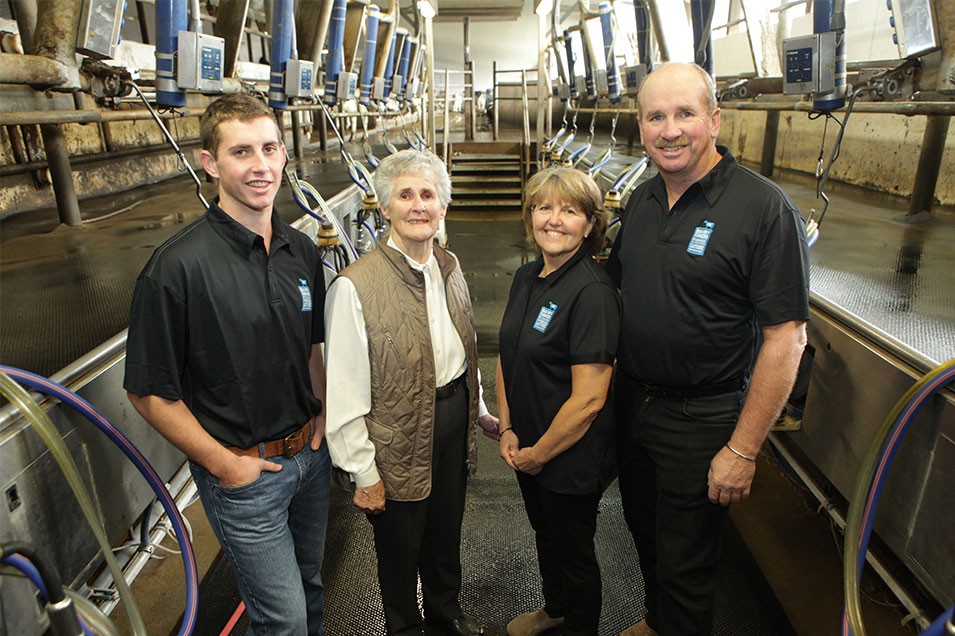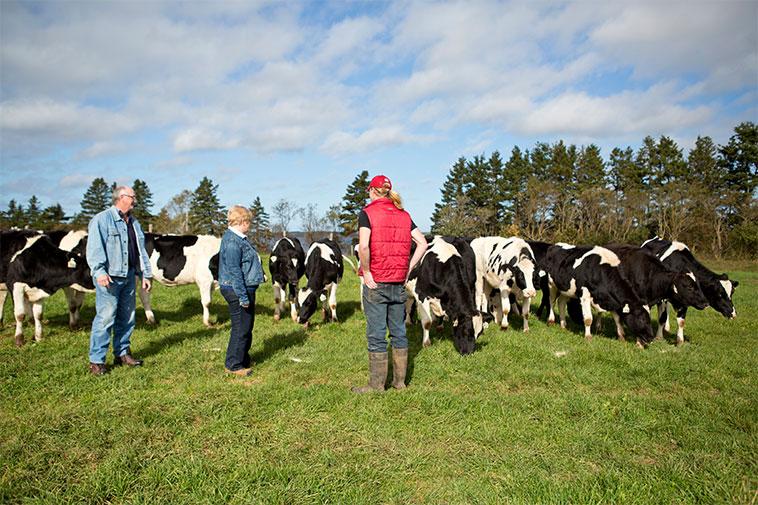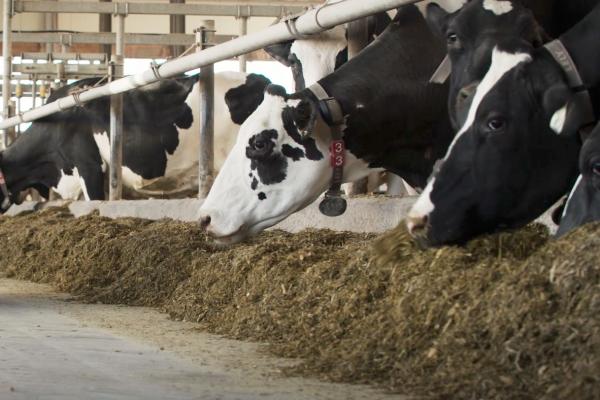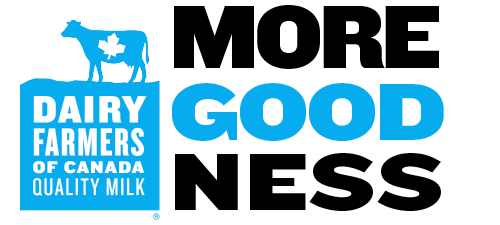Highlights
- Canadian dairy farmers support other Canadians by creating jobs and working with local businesses
- Canadian dairy farmers bring value to agricultural regions
- Canadian dairy farmers foster economic activity within their communities
Canadians are recognized around the globe for their friendliness and supportive qualities (and we are definitely not “sorry” about that). We are proud of that reputation and we aim to nurture it. That philosophy of neighbourliness runs deep in agriculture. Opportunities are built on being open to working in collaboration for the benefit of a community. The needs of farmers help create and maintain employment in sectors supporting farming and food processing across Canada.
Holding steady
Agriculture has long been the key to stability and economic growth in rural communities. There’s an interdependence between farms of all kinds and the local businesses they work with to access goods and services that keep farms running efficiently.

Work in and around our dairy farms is constant; milking happens daily, in all seasons. Cheese, milk, yogurt and more can be enjoyed whenever the mood strikes. Our system of supply management aims to match the production on all farms to the demand of Canadian customers. Cows produce milk every day and the related jobs to take care of them are needed year-round.
An employment ecosystem
The Canadian dairy sector needs a wide scope of varying disciplines to make it run smoothly.
Farmers need a strong team of experts and resources to help keep their cows healthy and comfortable. Farmers regularly consult with veterinarians, breeders, cow nutrition experts and agrologists. They also buy feed from suppliers; need technicians for general maintenance and maintenance of automated technology and consult with yet other contractors when planning expansion or renovations. That is a solid network of local expertise they need to help their businesses run smoothly!
“We have weekly visits from our veterinarian, monthly visits from our cow nutrition expertist, and a constant supply of feed through feed companies in the local area.” – Jake, Alberta
Transforming raw milk into the quality dairy products Canadians expect is another part of the industry teeming with opportunity. Dairy transportation, processing, manufacturing, and retail also employ many thousands of Canadians.
Our dedication to homegrown teamwork – by the numbers
Thinking local and community first is part of the dairy farmer’s big-picture thinking in strengthening our country’s bottom line. Farmers, manufacturers, and the network of varied talent bring in about $28 billion a year to Canada’s GDP. This includes:
- 9,000+ Canadian dairy farms and over 500 processors. This supports over 270,000 jobs (full time equivalent), $28 billion to our GDP, and $9 billion in tax revenue on an annual basis.

As Canadians pay closer attention to what they’re eating and where their food comes from, the increased demand for quality, local dairy products only benefits made-in Canada jobs. For example, many food manufacturers have recently built or renovated local processing plants.
Welcome to the neighbourhood
Dairy farmers take pride in being at the heart of their regional communities. They love supporting local businesses and community initiatives. It’s a brand of typical Canadiana that puts an emphasis on helping our neighbours in order to help ourselves. That sense of extended family hearkens back to how our dairy industry was founded and sees no signs of slowing down any time soon.









